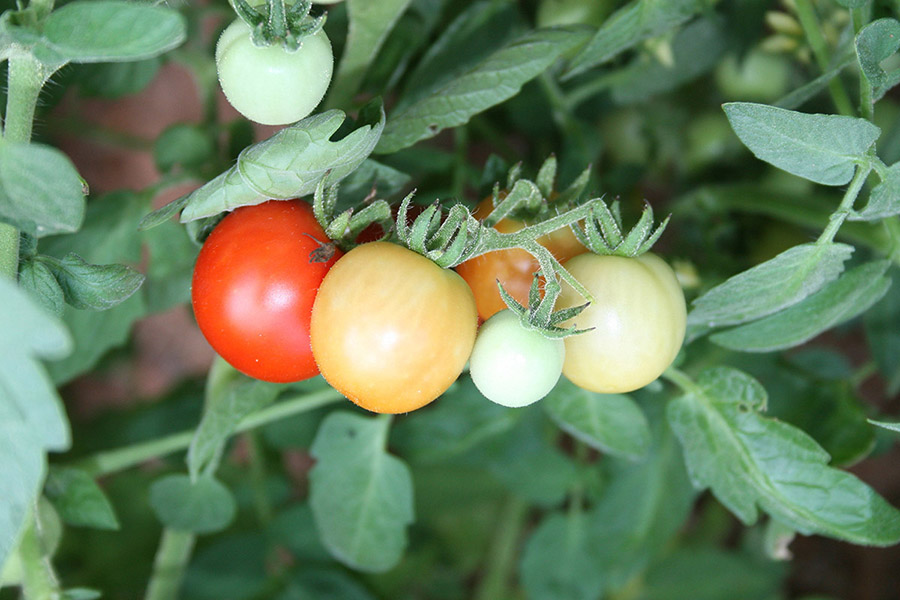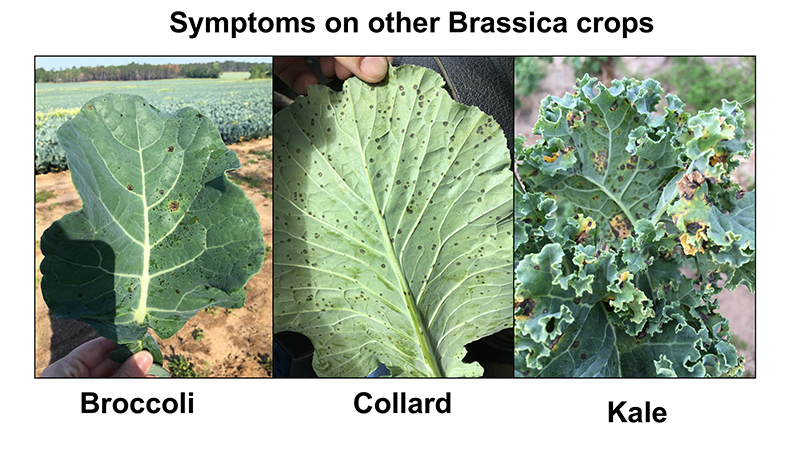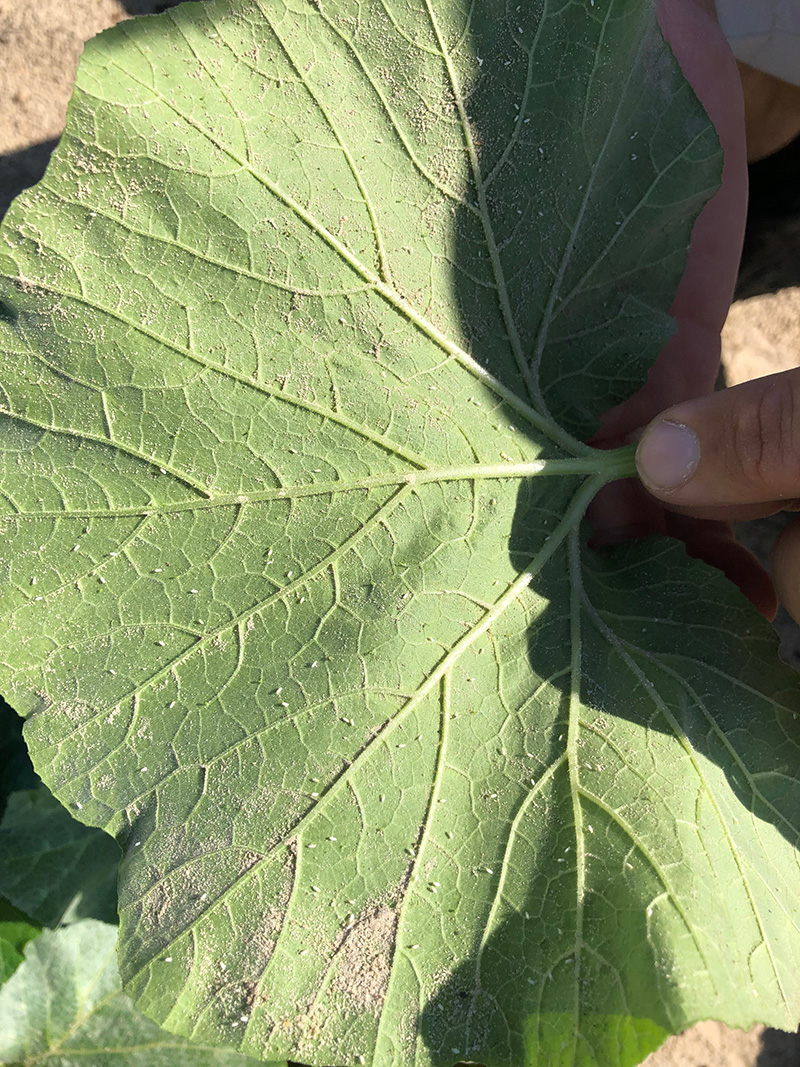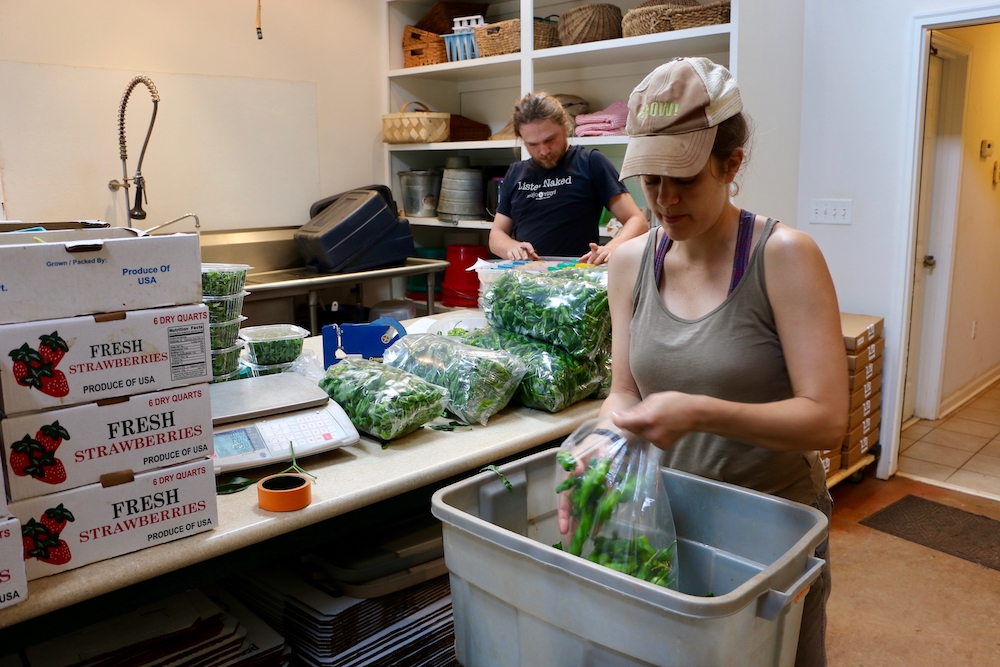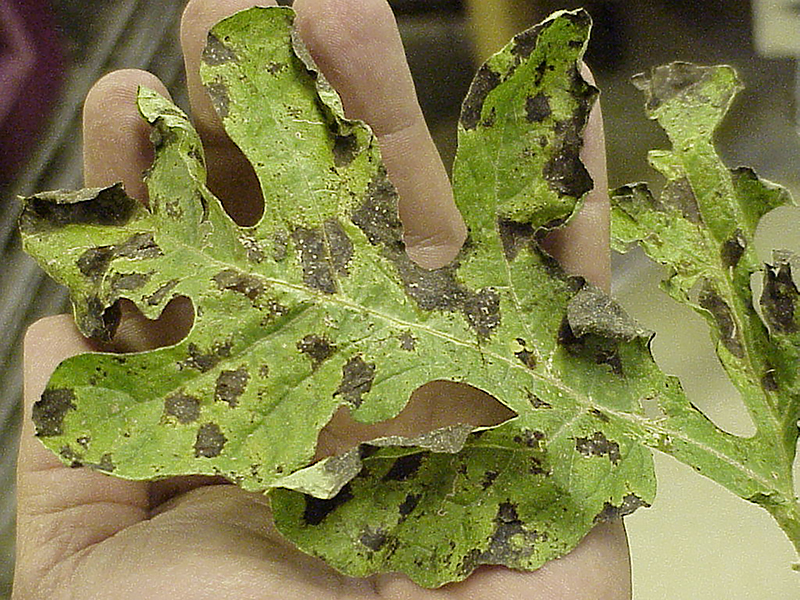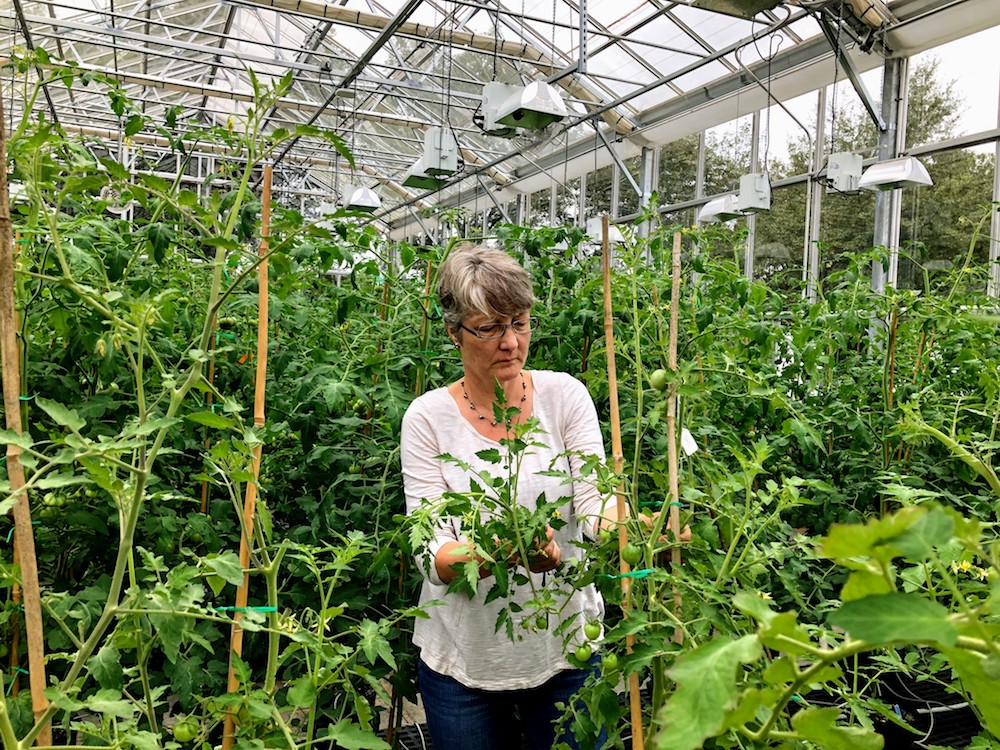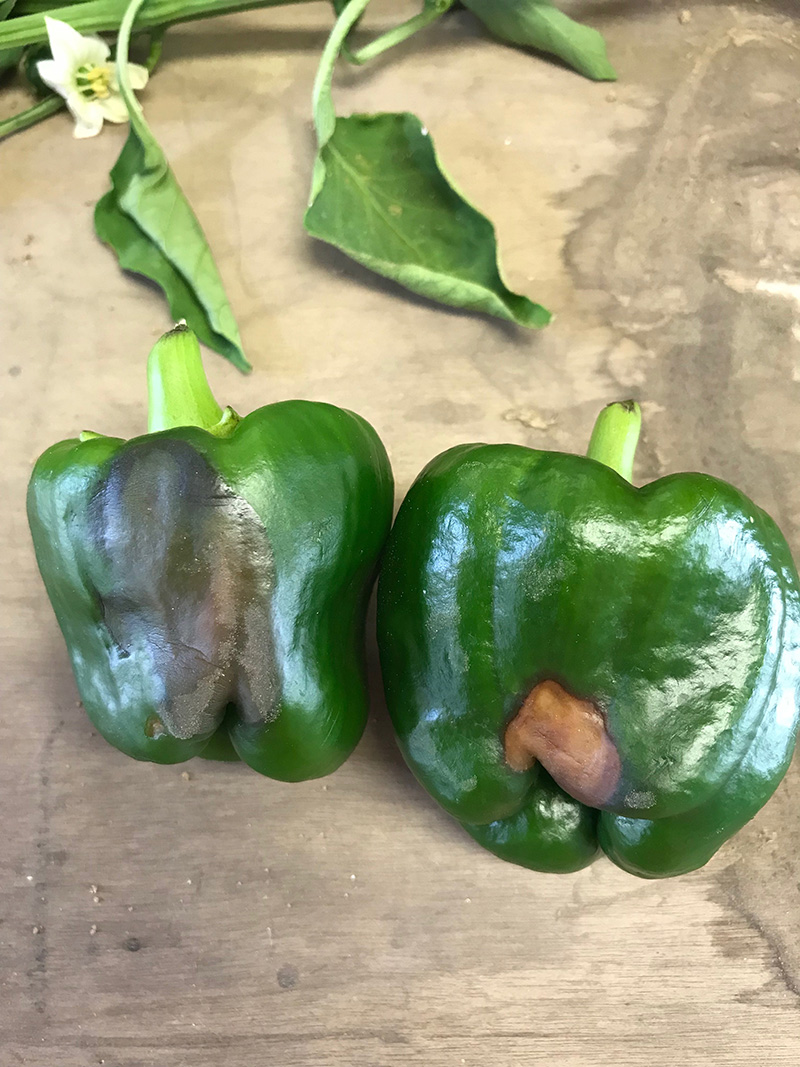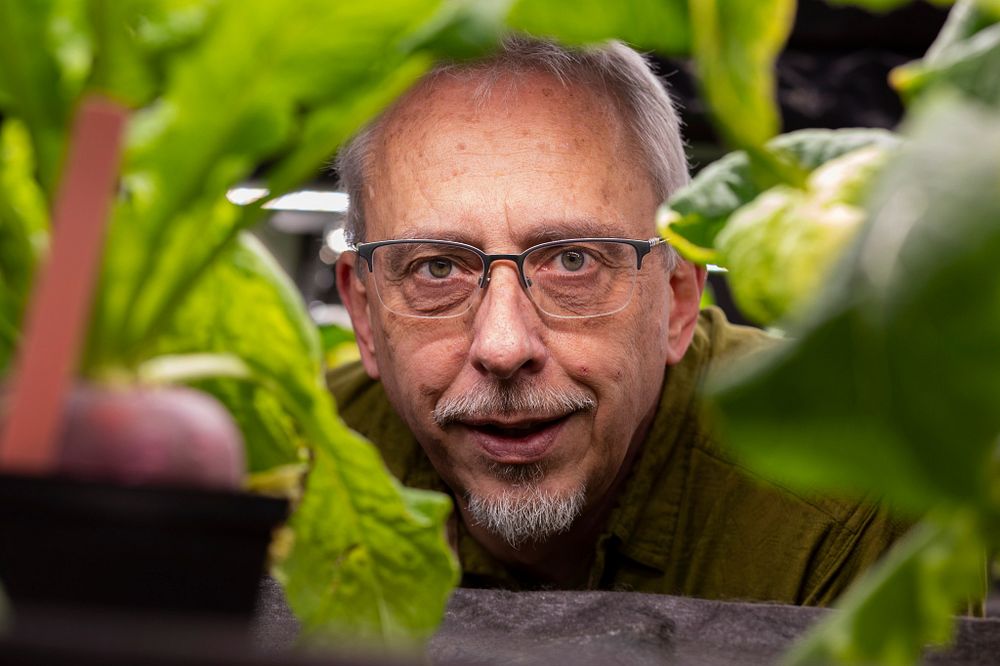 CAES News
CAES News
In Control
Next time you sit down to a crisp, green salad take a little time to think about where your leafy greens come from. Traditional agriculture is highly weather dependent, and many producers of high-value crops are shifting over from field production to controlled environment agriculture.

